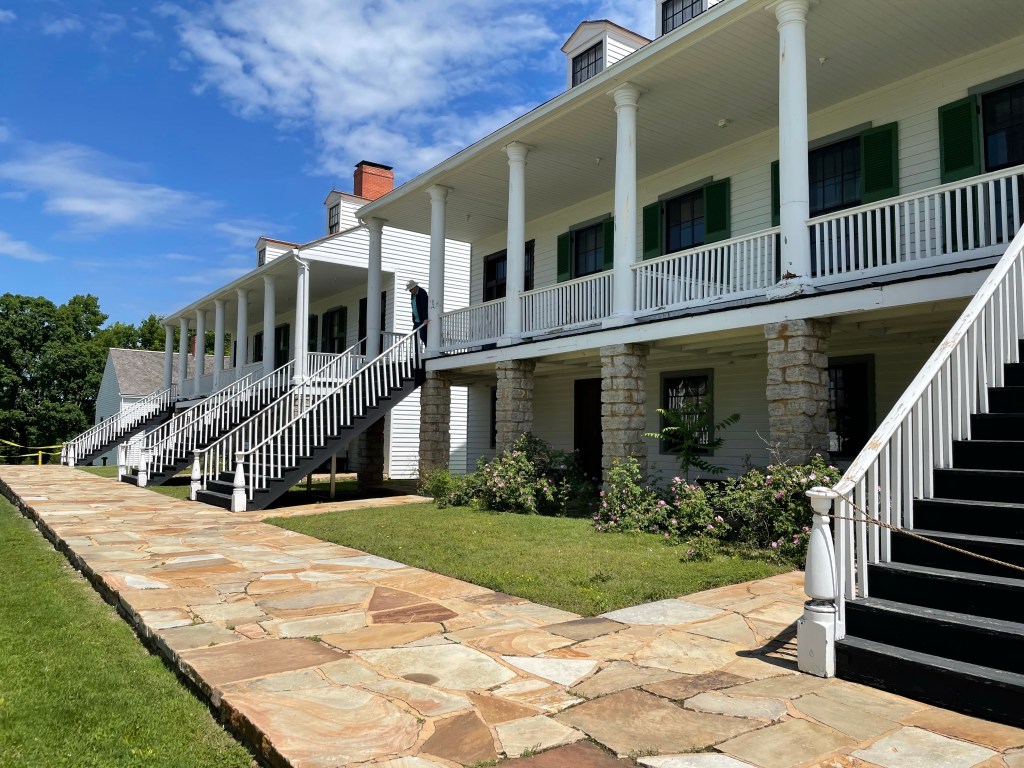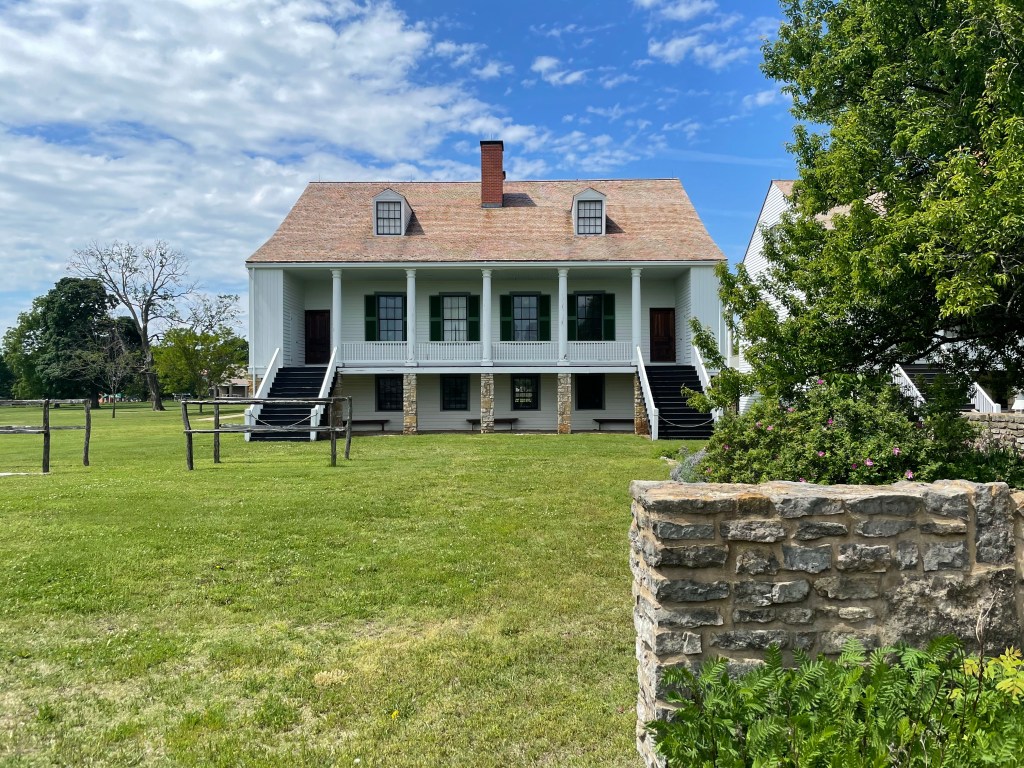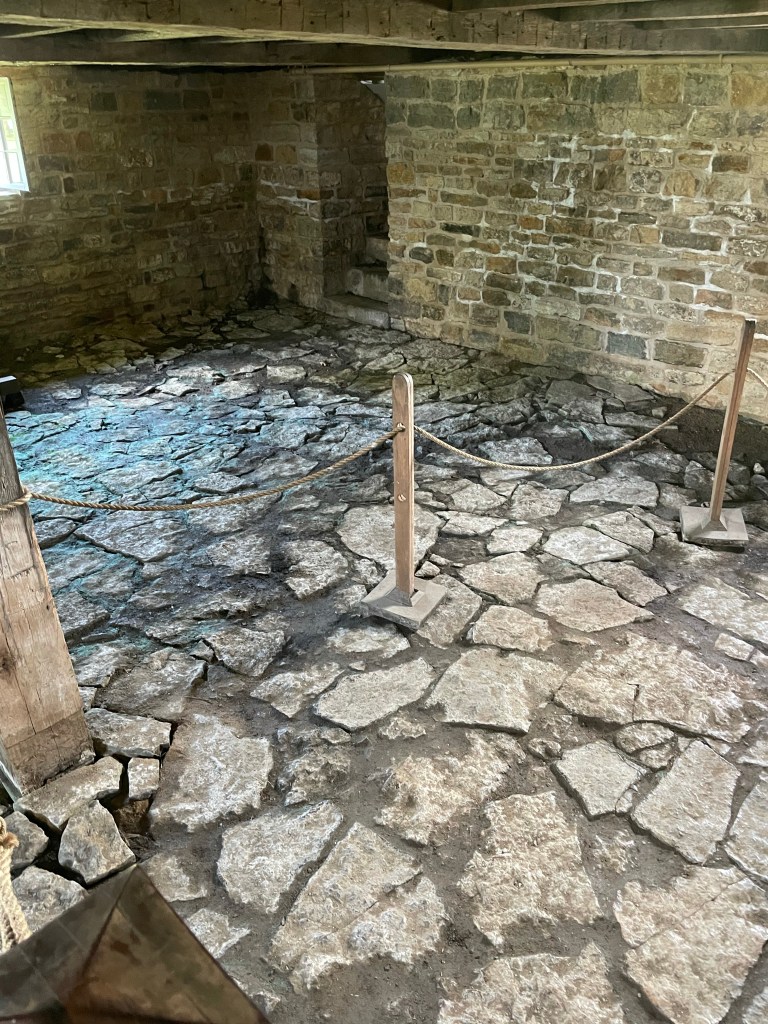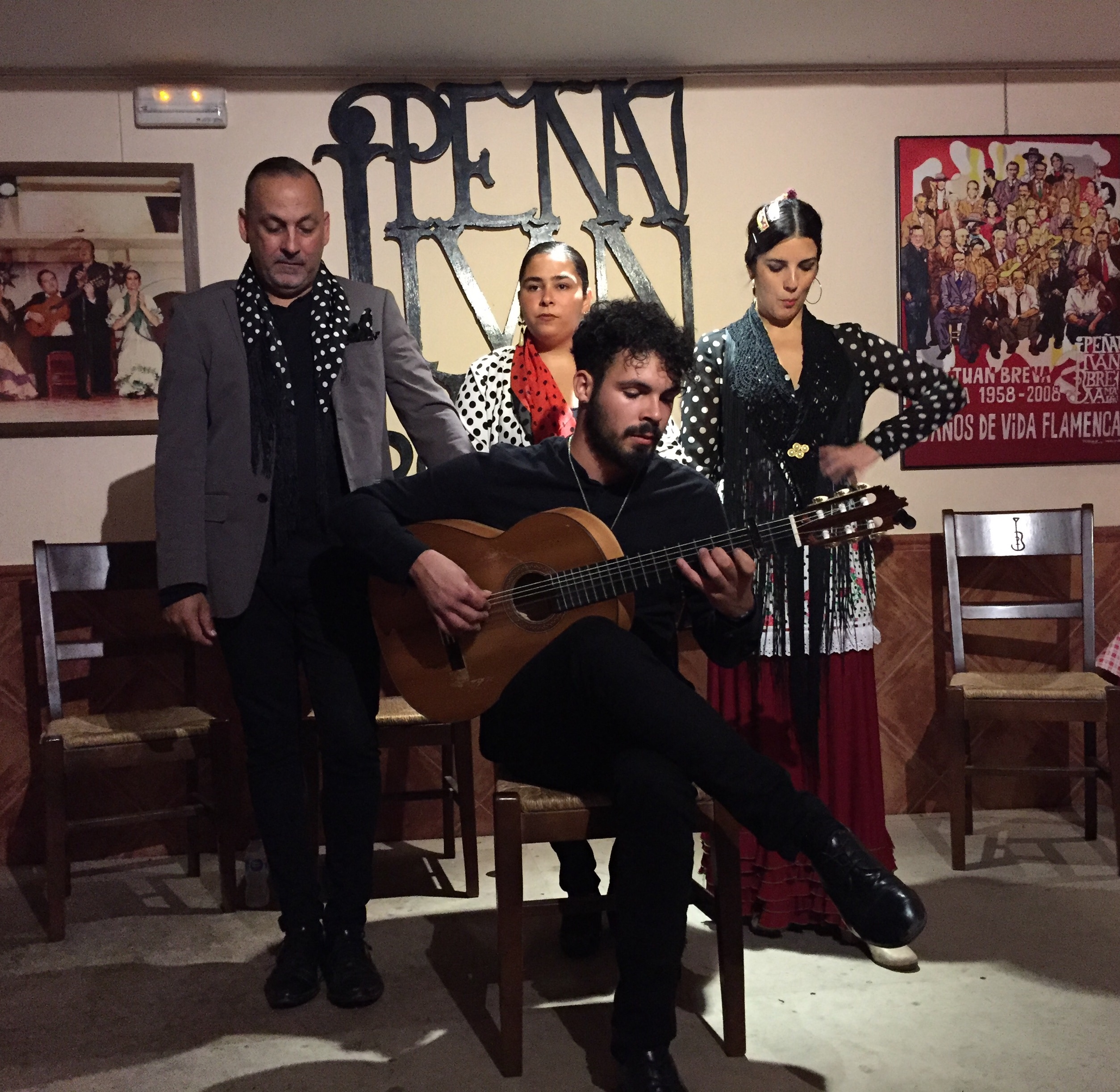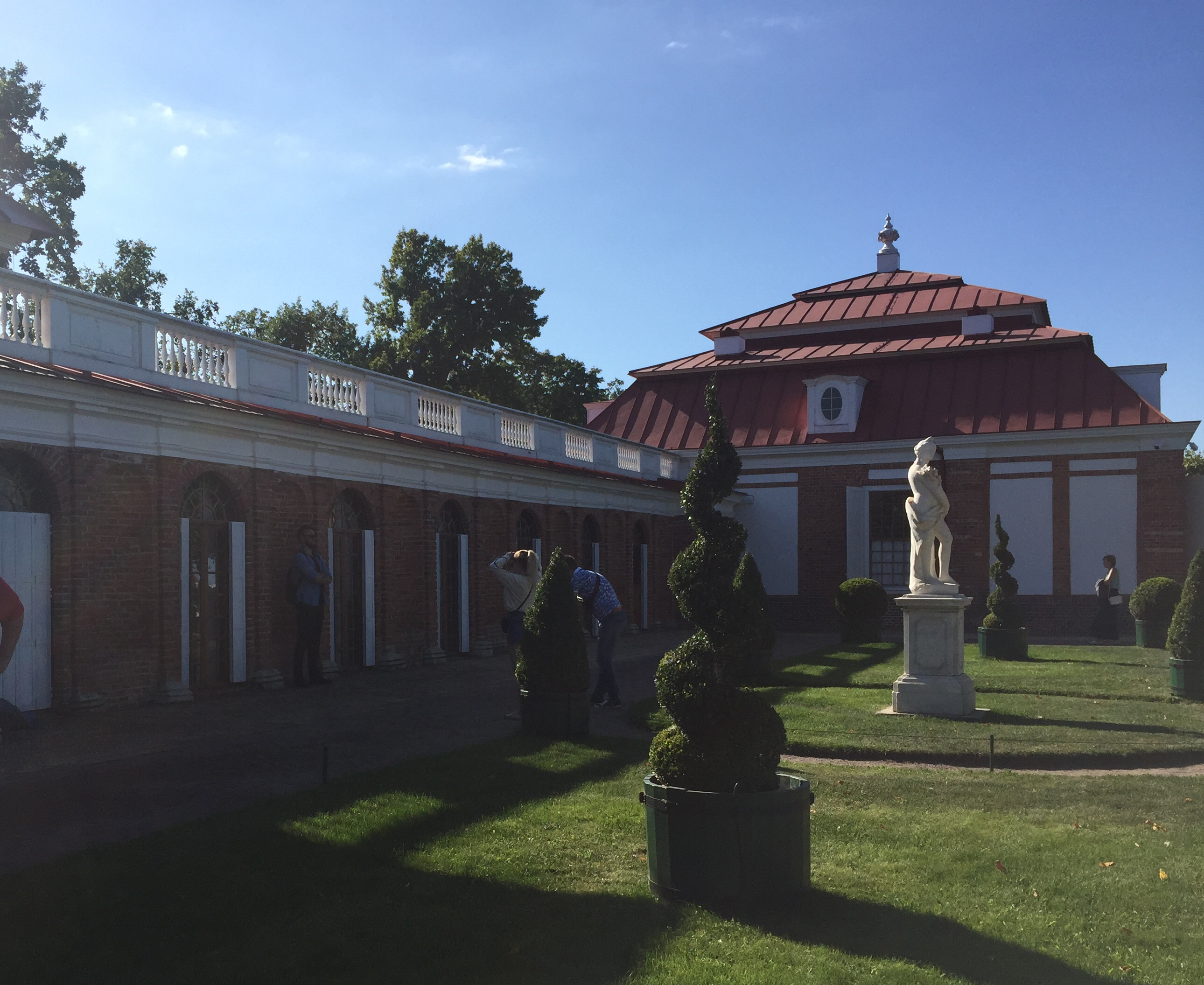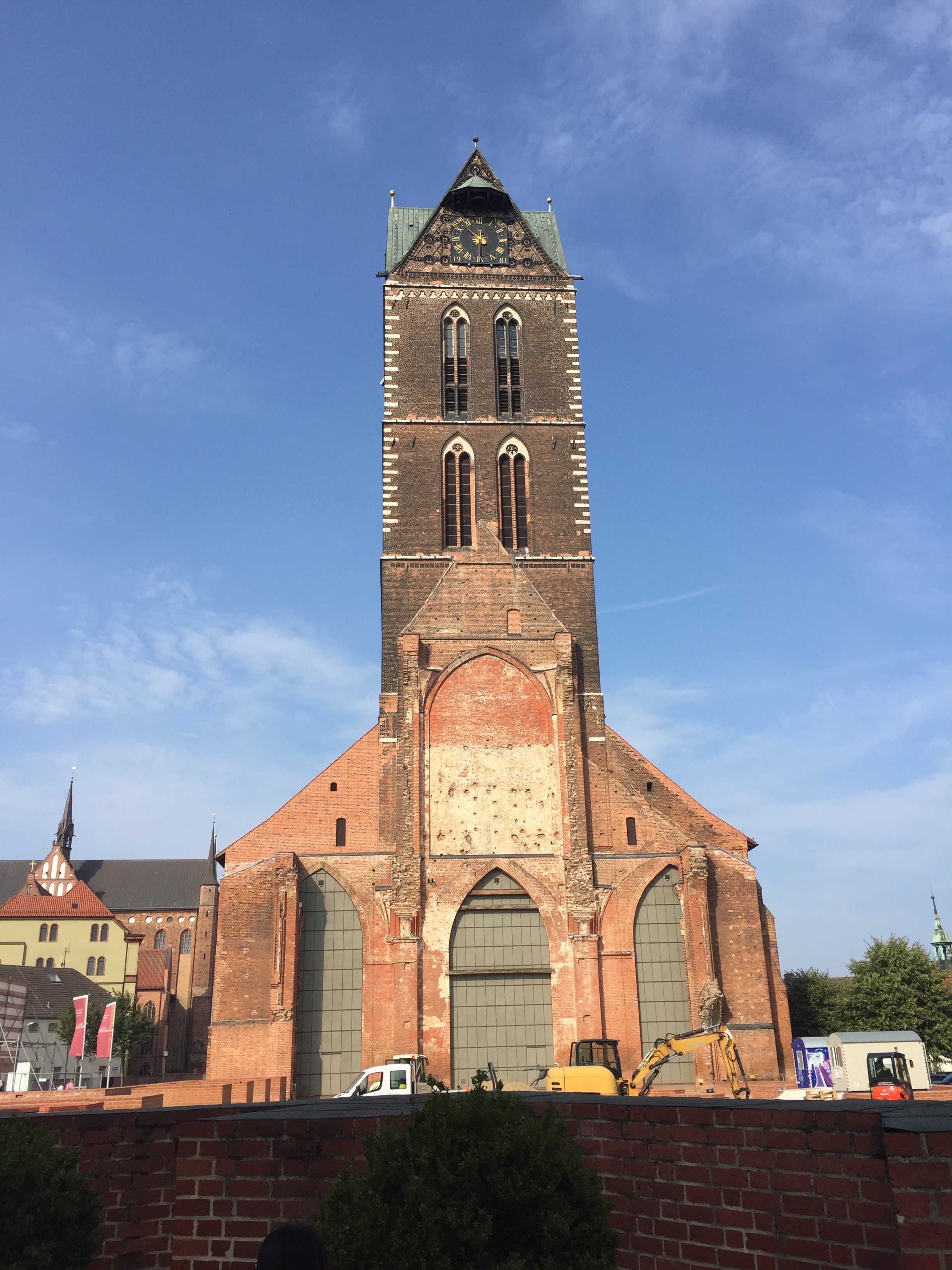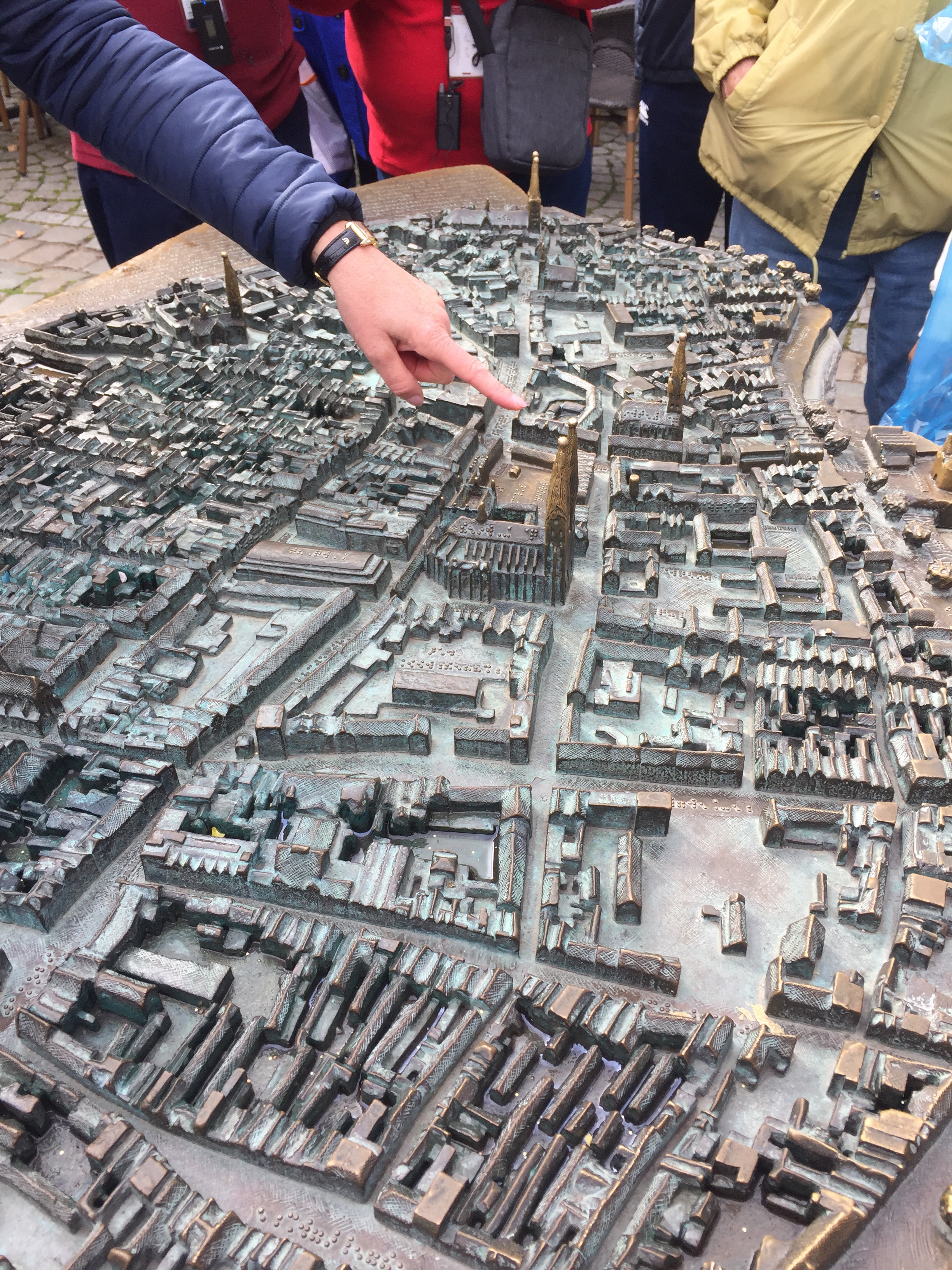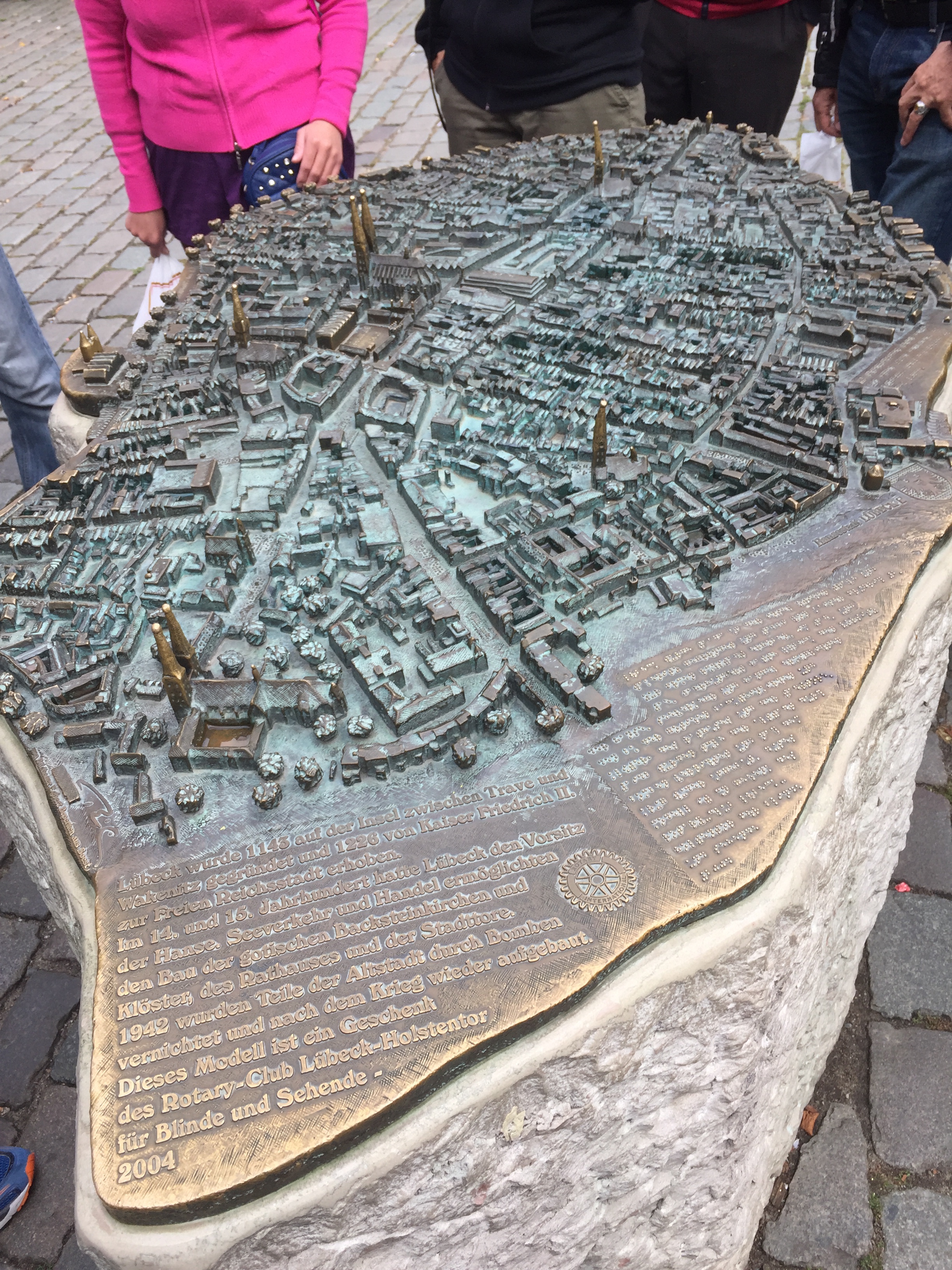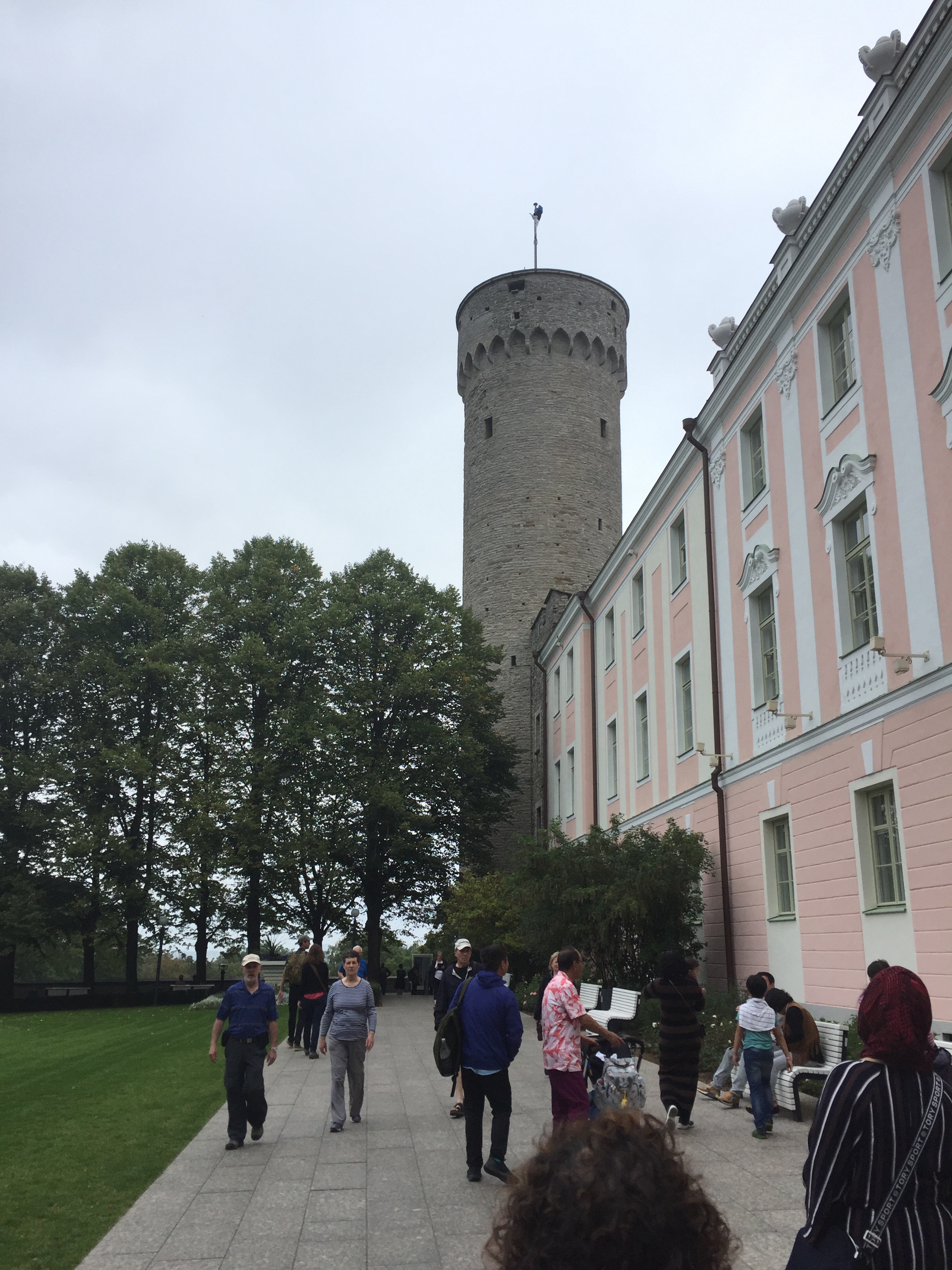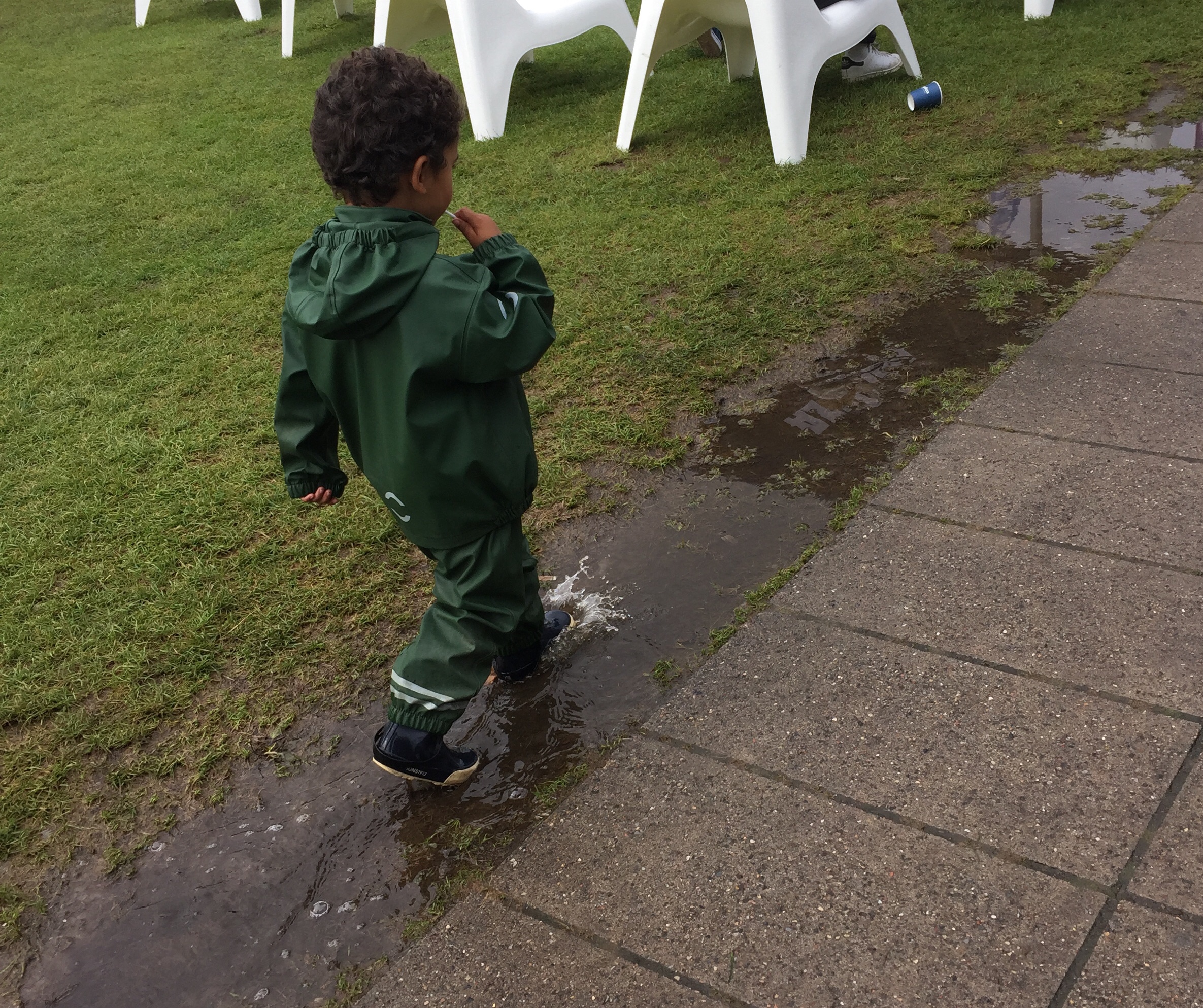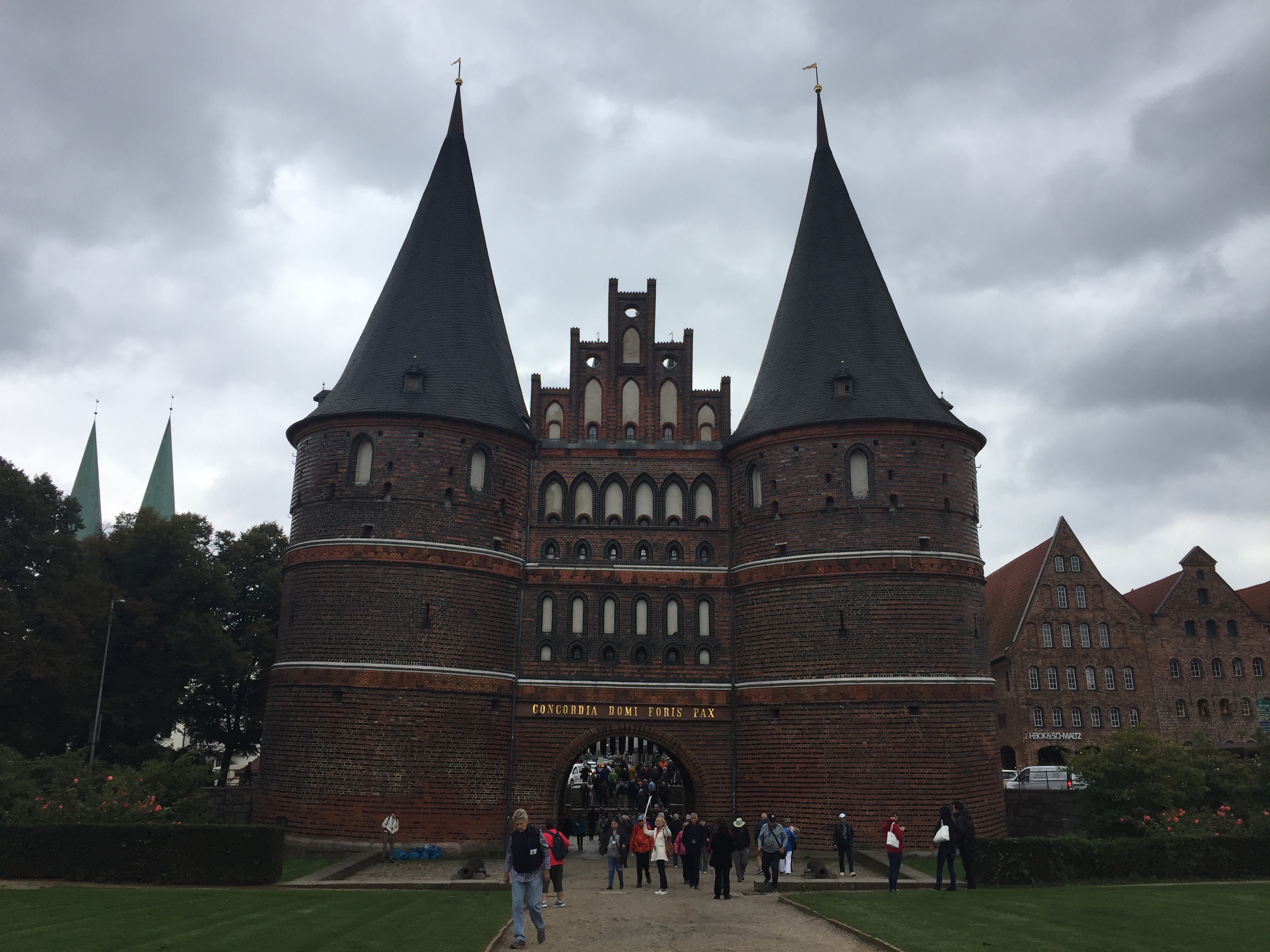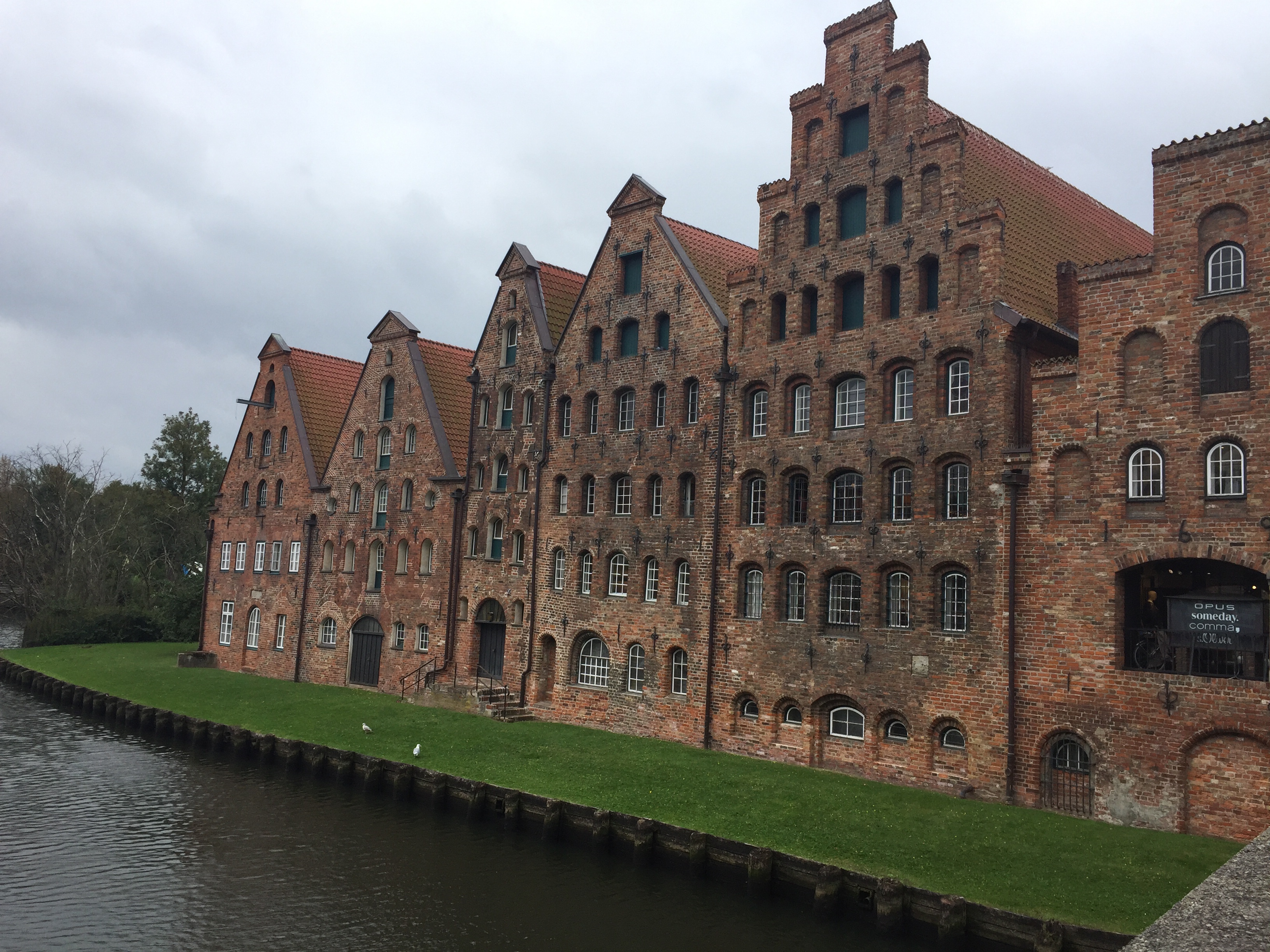Since my husband had over two weeks off for our trip to Israel that got cancelled due to terrorism and war, we had to keep moving or the anxiety would get to us. Our first Road Trip lasted only three nights. The second trip took six nights.
We have driven to Madison, Wisconsin, several times. Always doing it in just one day. But this time, I decided we needed to stop every now and then and just relax; so we did.
Day one: On the road to Altoona, Iowa. Why Altoona? It is on the eastern outskirts of Des Moines. And there was something to do. On our wat to Altoona, we stopped at the Amish Store that is just across the border from Missouri to Iowa. I love this store. Jams, spices, seasonings, candy and cookies. All home-made and delicious. We stopped for lunch and stocked up on gifts for our Madison hosts and for us.
Next stop the hotel in Altoona. My planning was excellent because across the street was a wonderful discount mall. If it hadn’t been so cold and windy, we would have walked there. Instead, we drove over and walked around this outdoor mall for a while helping the economy of Altoona. We also found an Italian restaurant halfway between our hotel and the mall and ate dinner there. Yum.




Day two: On the road to Madison with a planned stop in Dubuque, the last stop in Iowa before Wisconsin. We have driven through this Mississippi River town several times and always said we wanted to stop. This time we did. Our aim was to visit the National Mississippi River Museum and Aquarium. Even though it was cold, and we had to walk outside between the two buildings, it was a great experience. But I am sure it is even more wonderful if you have children. There is just so many activities for them.
We did not go to the main movie, but we did see all the aquariums and visited the displays. One building holds the aquariums for the part of the Mississippi, the Gulf of Mexico, that enters the ocean. There were jelly fish, seahorses, an octopus, stingrays and other ocean animals. The other building held the aquariums for river life: sea otters, turtles, snakes, fish. I had never seen real paddlefish before. They really do have a paddle on their snouts!
Our favorite exhibits were the Riverways History Gallery and the Innovation Currents Gallery. We also ate lunch there in a restaurant that overlooks the Mississippi and the outdoor displays. If it was warmer, we might have spent more time outside because there was a lot to see there as well.
Two hours later we were on our way to Madison.
Days Three-Five: Being in Madison with our friends was great. We had a good time visiting and seeing some of the sites. Our highlights was a tour of the State Capitol and the Chazen Museum of Art.


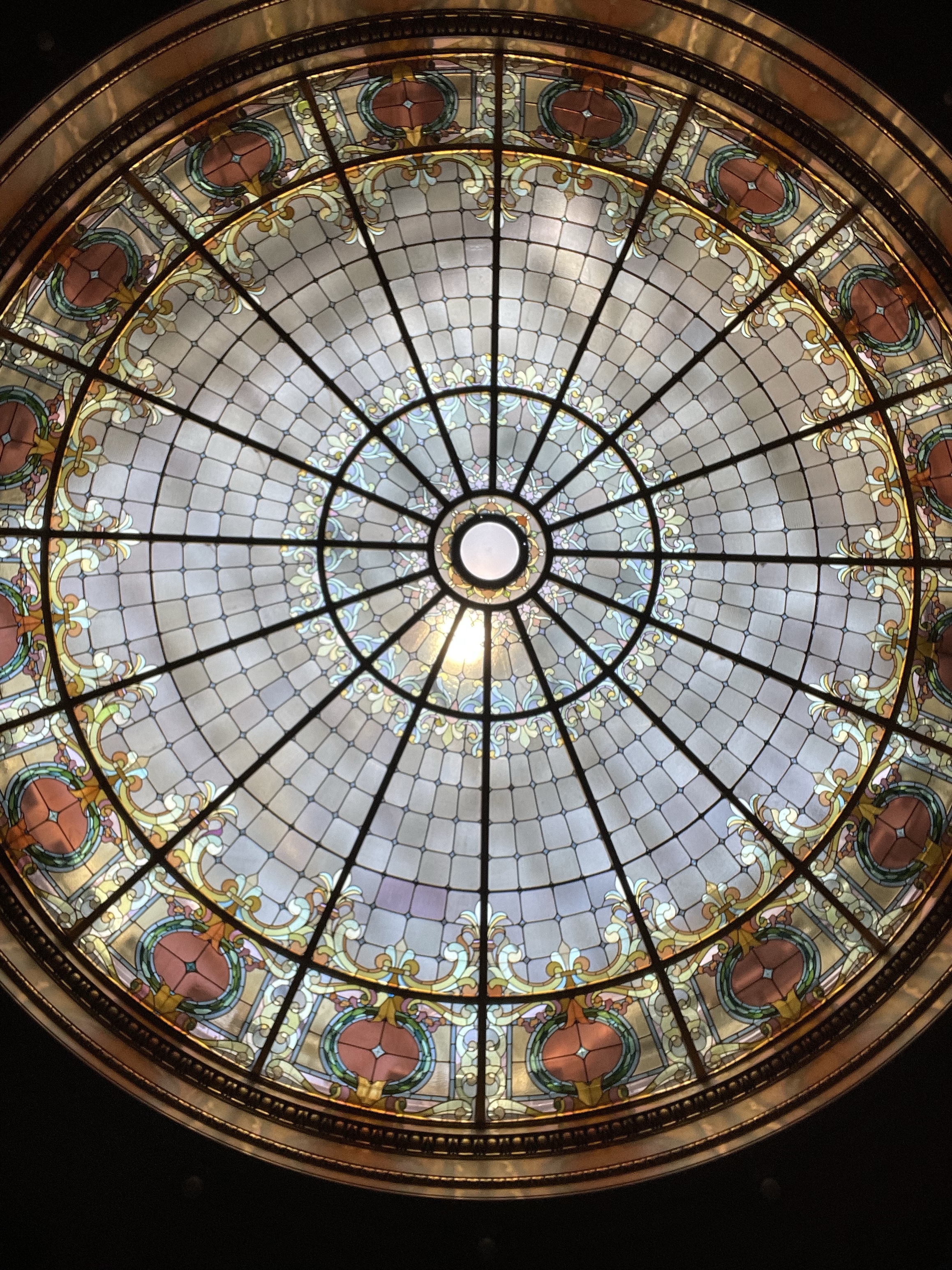
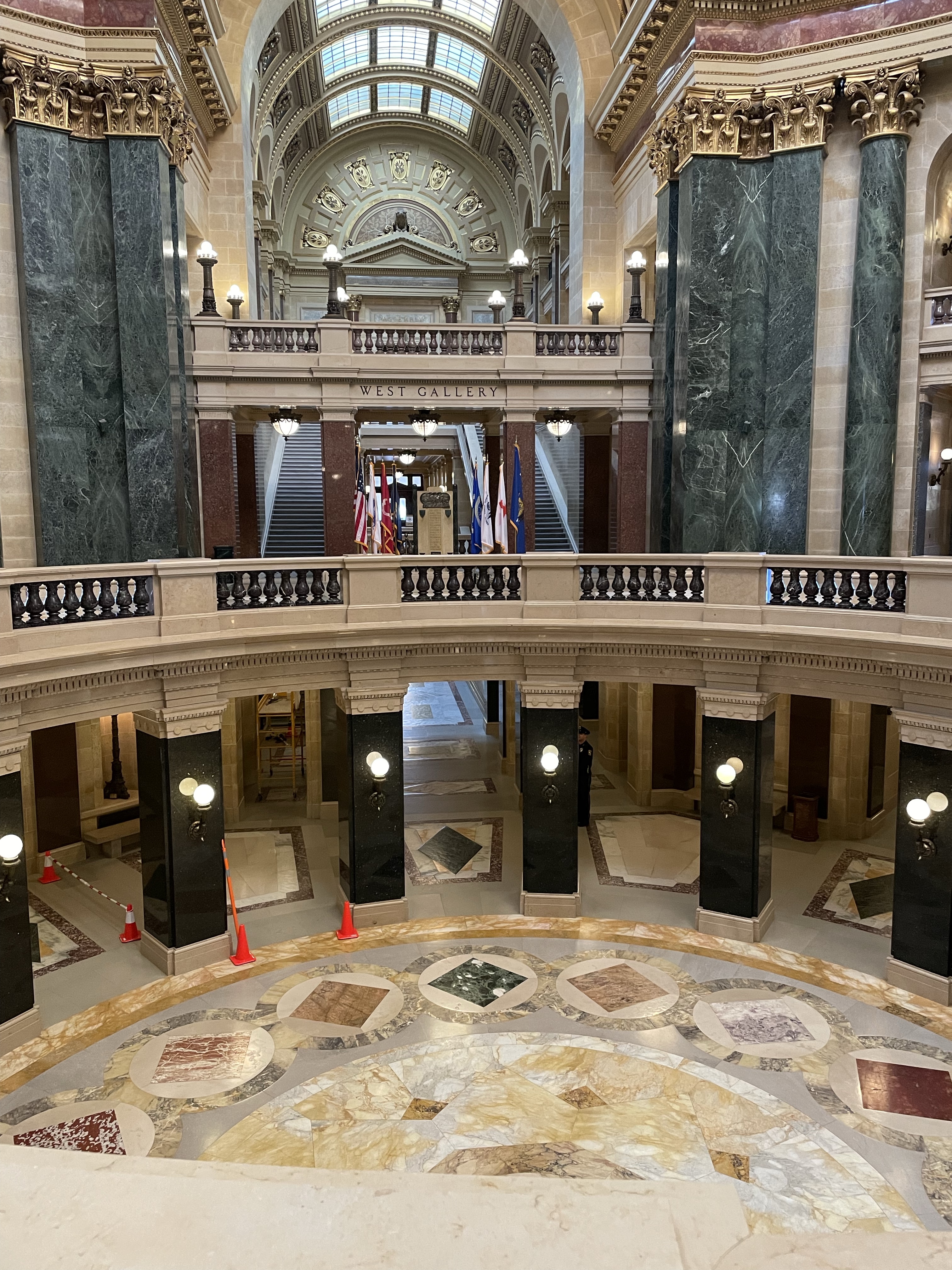
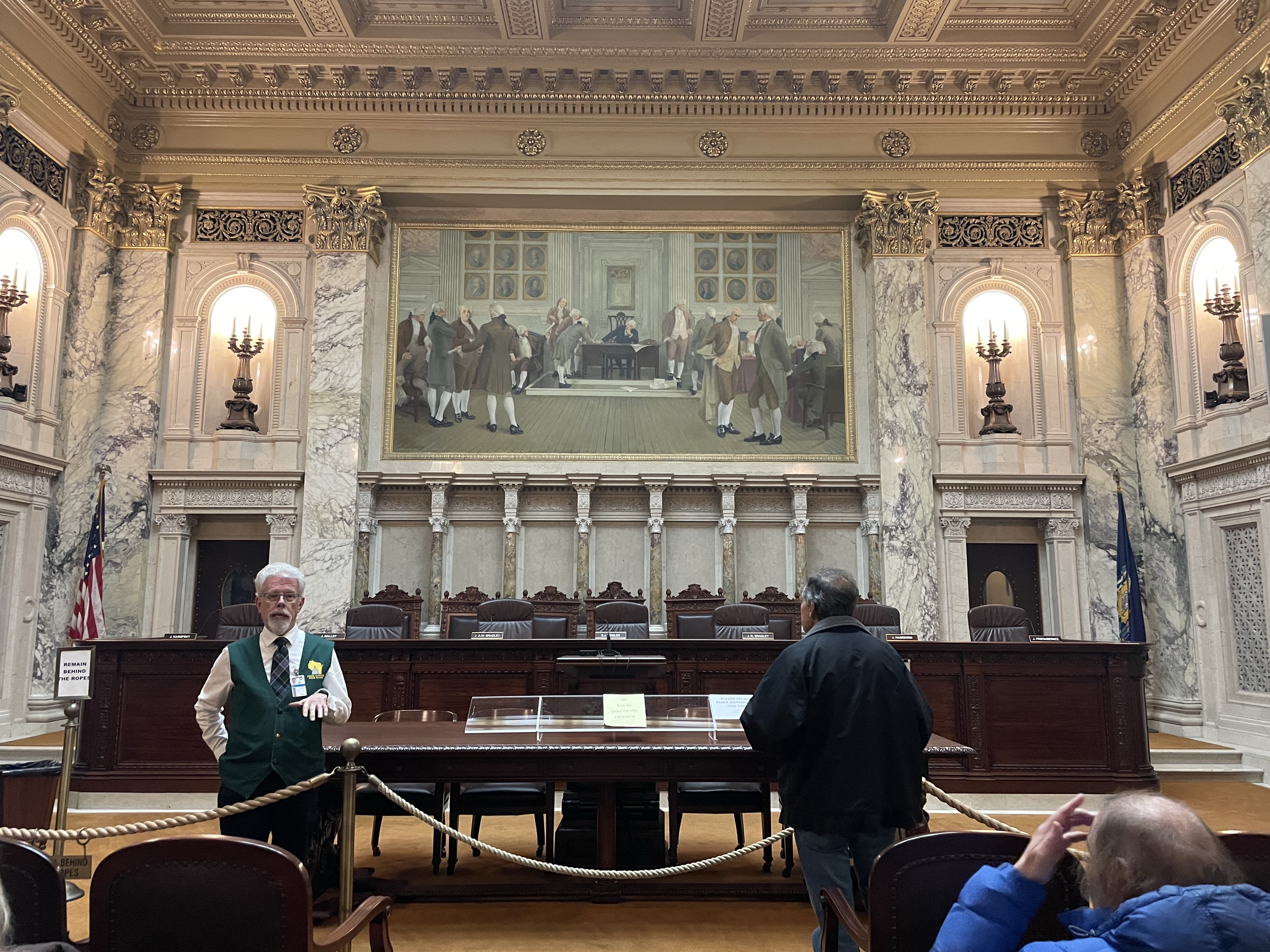
The Wisconsin state capitol building is really lovely. The building itself is over 100 years old. What makes it so amazing is that all branches of the state government still meet in the building. There are four magnificent rooms. One for the House of Representatives, one for the senate, one for the Supreme Court and one for hearings and meetings. Each room has a beautiful and large stain glass sky light that illuminates the room. Another lovely room is the senate’s private parlor.
There are free tours of the capitol each day. We were lucky in that we arrived at the capitol rotunda just a few minutes before the tour and we four were there only ones there allowing us to have the best private tour of the capitol that you would want. Our tour guide, Mike, was excellent. You could tell that he loved the building. And there is so much to love. Which you can see by the photos of the rooms.
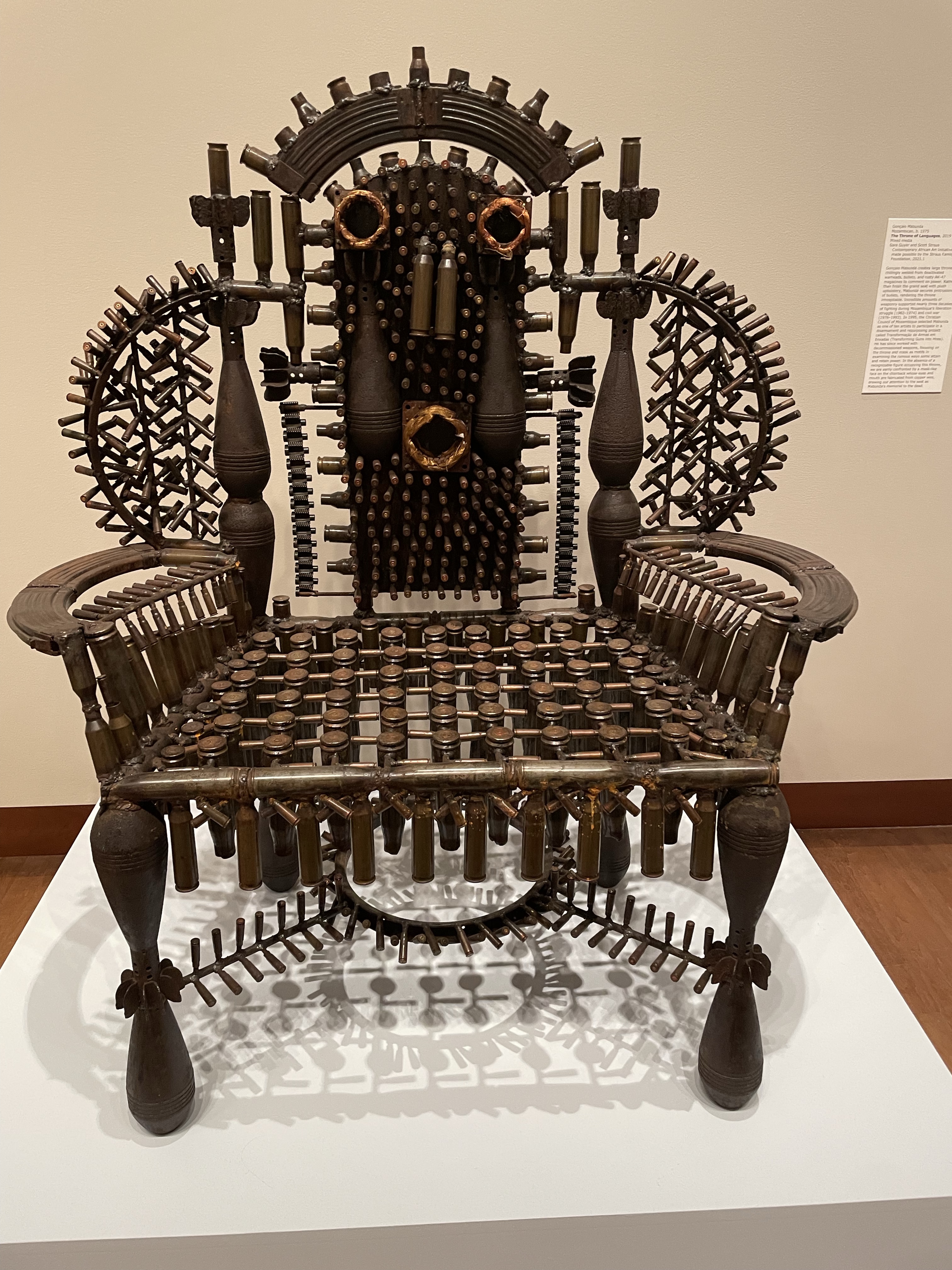



Another day we went to the Chazen Museum of Art, which is on the University of Wisconsin’s campus. Although not a large museum, it was filled with amazing art. We were fortunate to see a special exhibit: Insistent Presence: Contemporary African Art, had several pieces that caught our attention. Petro Beads, with was a giant set of prayer beads made from old metal petro containers. The Throne of Languages made from old military devices was an eye opener.
In other blogs I have written about my love of the glass art of Dale Chihuly. I really enjoyed seeing some of his early art work. He studied at the University of Wisconsin earned his MFA from the School of Education’s Art Department under Harvey Littleton, who was a well-known glass artist. We saw a few pieces of his work as well. I am sad to say I did not get to see The Mendota Wall at the Kohl’s Center. That will have to wait for another trip.
Day 6 and home:
It was going to be a long drive on highway 39 and 90 to the State Capitol of Illinois, Springfield. We had no plans to visit the capitol building there. Instead, our destination was the Abraham Lincoln Presidential Library and Museum. Before I discuss our visit to the Library, I must tell you that I wish had more time in Springfield. We were only there for a few hours and were totally focused on the library. But it has many other sites to visit. We will go back.



I love how this library is set up. There is a central Plaza area that all the different exhibits lead off from. It was so fun to explore. After walking through a front yard, you enter a replica of the Lincoln log cabin. As you exit the cabin from the other side, you enter a wonderful exhibit all about slavery and the Emancipation Proclamation. As you leave that exhibit, you are right in front of the entrance to the White House replica. There you walk through a room and enter an exhibit about politics in the time of Lincoln. I could not believe the horrible nasty political cartoons that made a mockery of Lincoln. It made me realize that ugliness in politics has been around for a long time.
We watched one of the two shows and walked through the Treasures Gallery where you can see some items own by the Lincolns as well as some important documents.
We love our visit there, but as I said earlier, wished we had more time to visit some of the other Lincoln sites and to see the capitol.
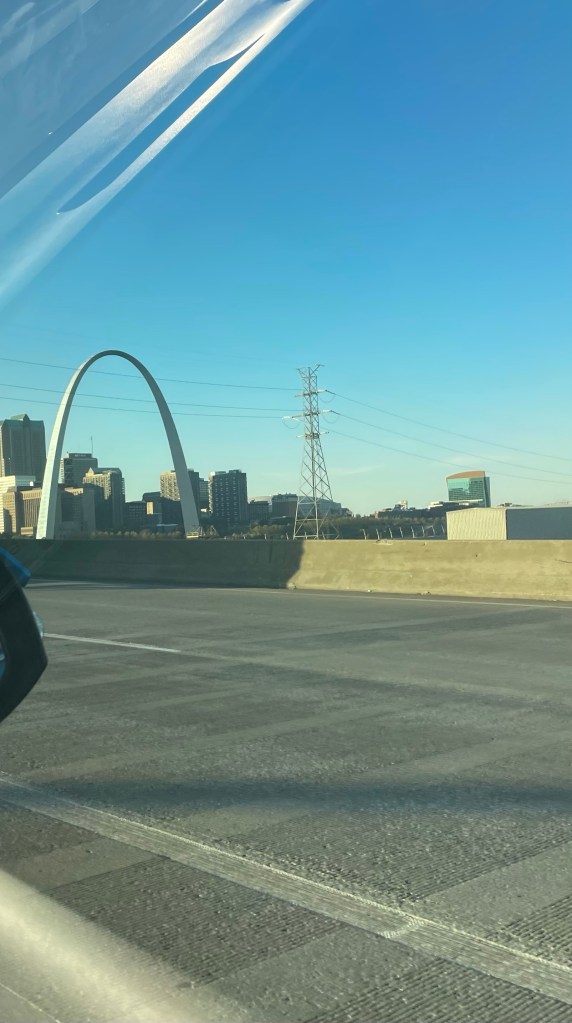
When we left Springfield, we knew that our trip was almost over. We spent the night in St. Louis, my husband’s hometown and visited with family. Then the next morning we headed home. We went through five state: Kansas, Missouri, Iowa, Wisconsin and Illinois.
My husband’s vacation is officially over. We have completed our road trips for the fall. We look forward to the future when we can visit Israel in peace.


